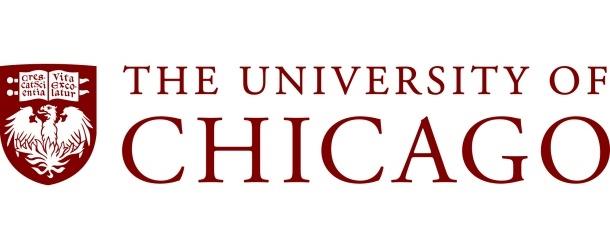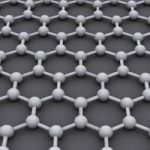ZDNet: Qubit Breakthrough a Big Step Towards Networked Quantum Computers

(ZDNet) University of Chicago scientists have succeeded for the first time in entangling two separate qubits by connecting them via a cable, in a breakthrough that will likely accelerate the creation of quantum networks – which, by combining the capabilities of several quantum devices, could boost the potential of the technology even in its current limited state.
The researchers, from the University of Chicago’s Cleland Lab, created two quantum nodes, themselves containing three superconducting qubits each. Using a one-meter-long superconducting cable to connect the nodes, the scientists then chose one qubit in each node and entangled them together by sending so-called “entangled quantum states” through the cable.
For entanglement to be useful, it has to be established in the first place – something that is easier said than done. Within the Cleland Lab scientists’ two-node experimental set-up, entanglement was transferred from node to cable to node in only a few tens of nanoseconds. With a nanosecond representing just one billionth of a second, the achievement was widely hailed as a successful one.
Transferring entanglement from one qubit to another one located in another quantum node, however, is an unprecedented experiment. It doesn’t stop here: once the Cleland Lab researchers used the cable to entangle two qubits in each of the two nodes, they then managed to extend this entanglement to the other qubits in each node.
In effect, by linking together quantum devices that, as they stand, have limited capabilities, scientists expect that they could create a quantum supercomputer more powerful than a quantum device operating on its own.



















